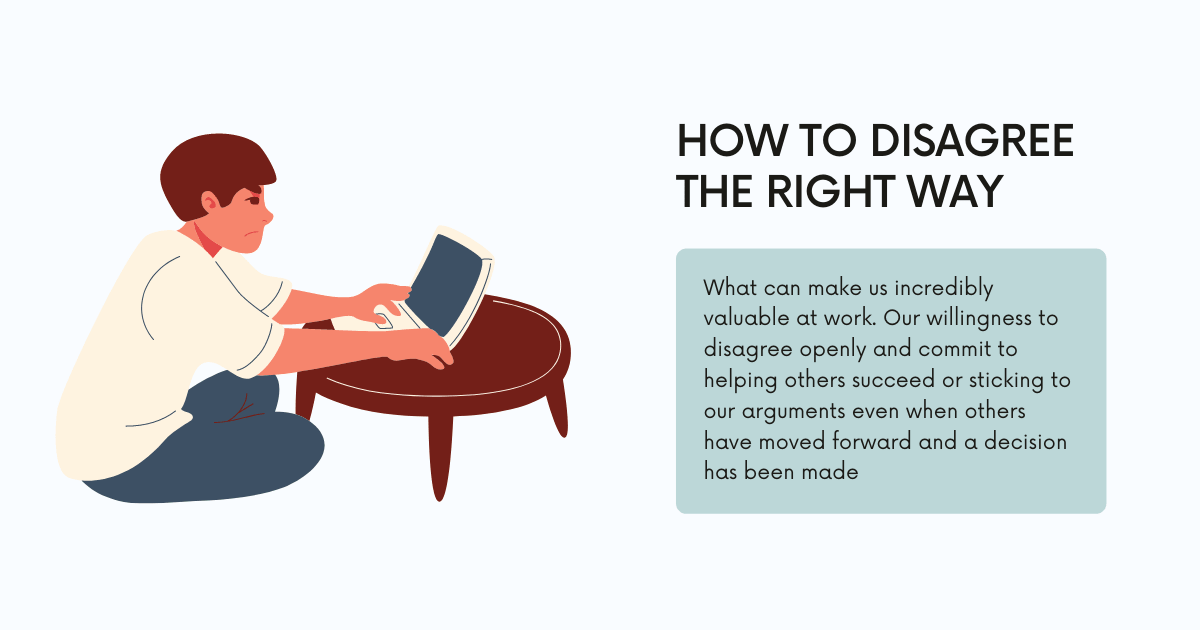The term "data quality" on the search engine results in six million pages, which clearly expresses the importance of data quality and its crucial role in the decision-making context. However, understanding the data helps classify and qualify it for effective use in the required scenario.
Understanding the Quality of Data
Good quality data is accurate, consistent, and scalable. Data should also be helpful in decision-making, operations, and planning. On the other hand, lousy quality data can cause a delay in deploying a new system, damaged reputation, low productivity, poor decision-making, and loss of revenue. According to a report by The Data Warehousing Institute, poor quality customer data costs U.S. businesses approximately $611 billion per year. The research also found that 40 percent of firms have suffered losses due to insufficient data quality.



 Decisions based on logic:
Decisions based on logic: 